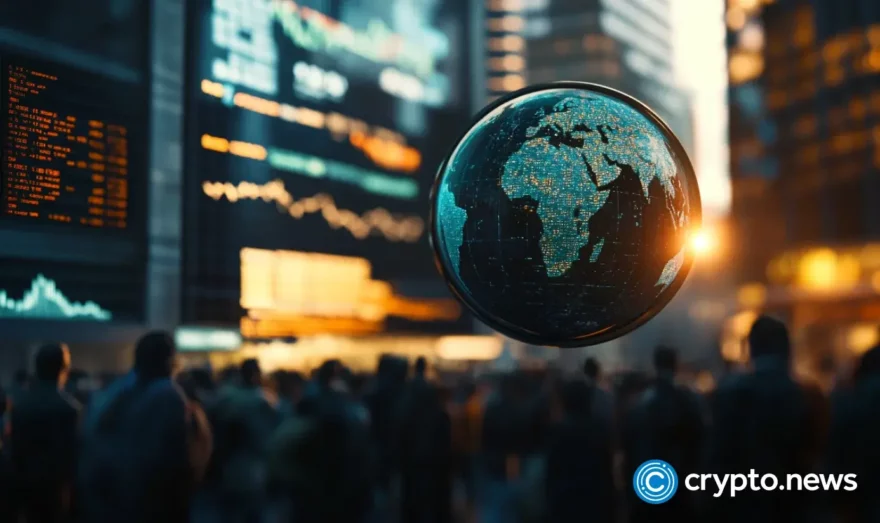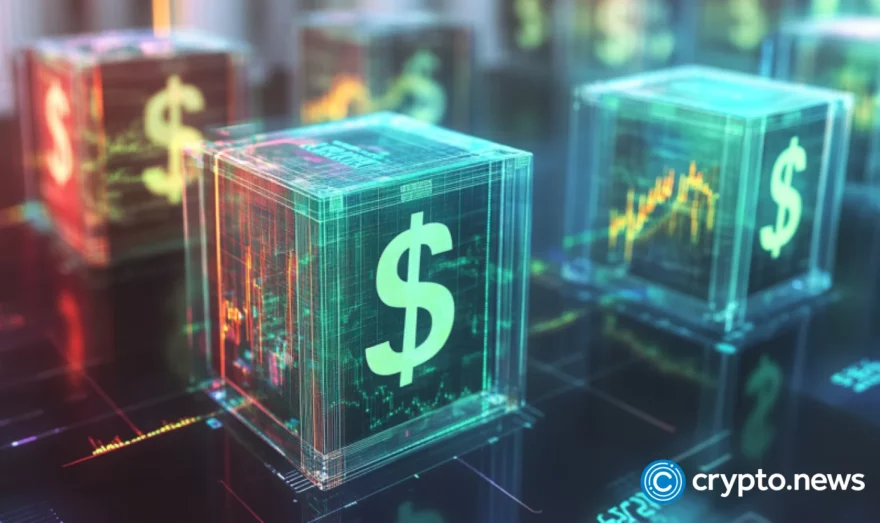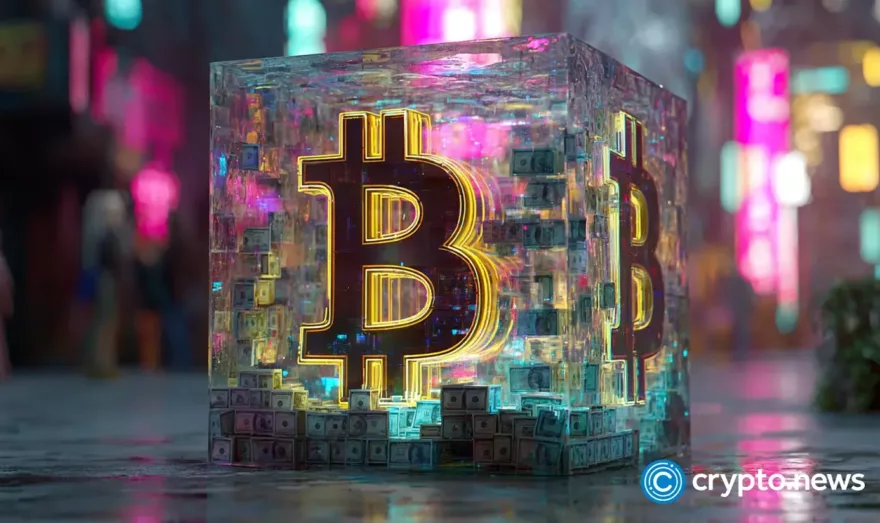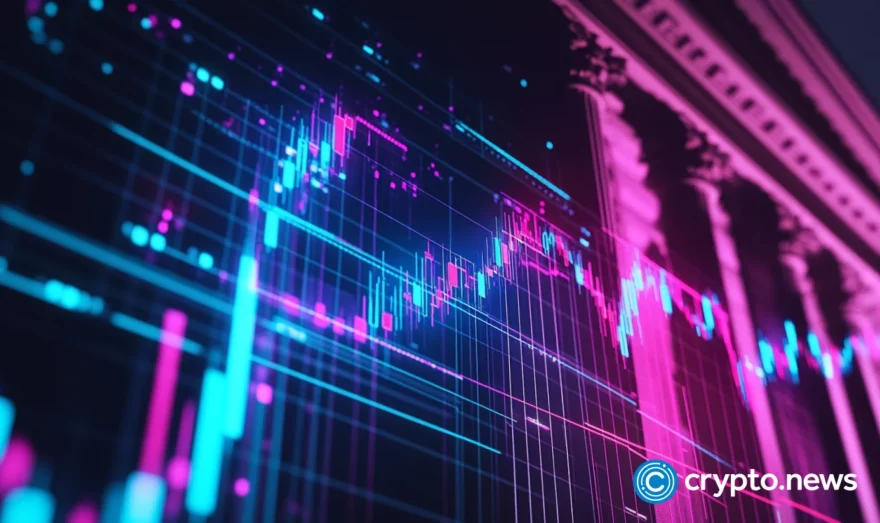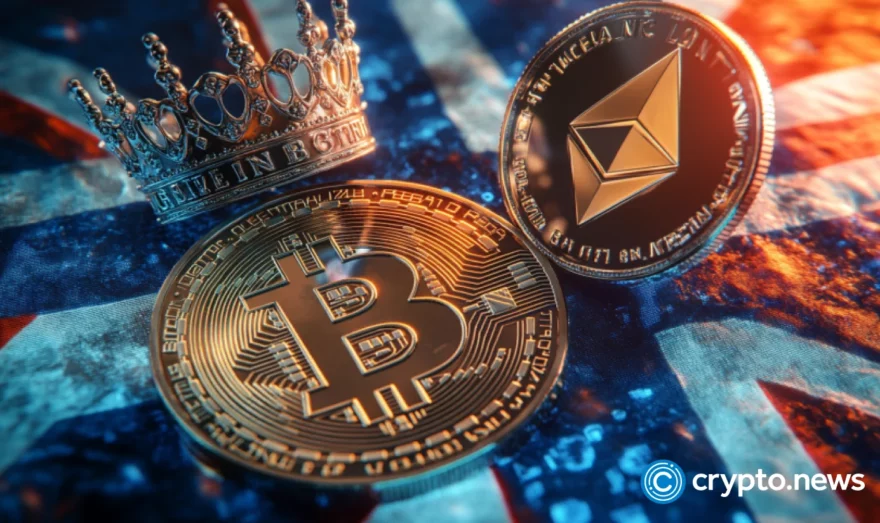Why Ray Dalio believes Bitcoin will never be a “reserve currency”
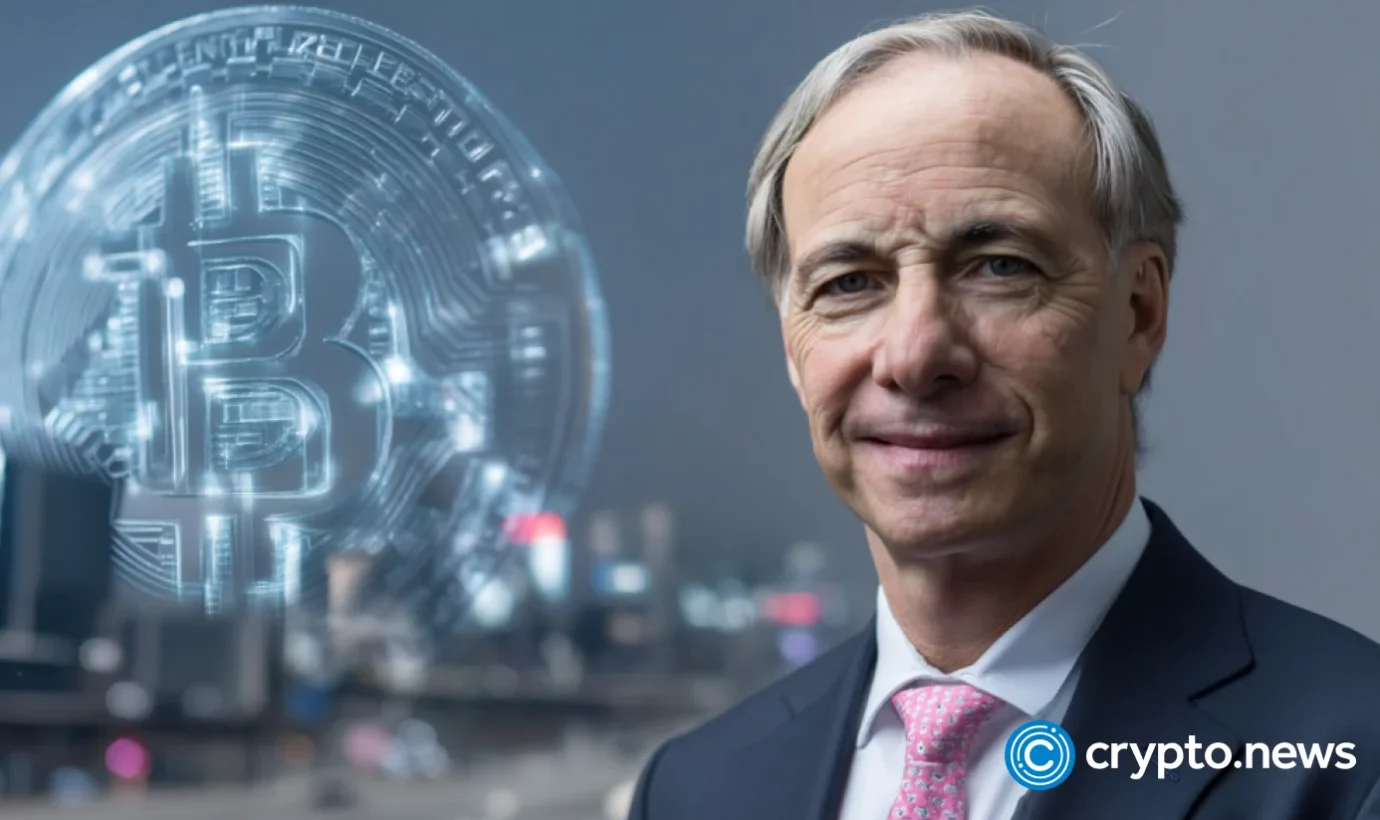
Ray Dalio said he doubts Bitcoin will ever be adopted by central banks as a “reserve currency,” but why?
- Ray Dalio questioned Bitcoin’s ability to function as a “reserve currency,” stressing its unproven role as a store of value and raising concerns about transparency and resilience.
- His skepticism carries weight given Bridgewater’s global influence and his reputation as a thinker on debt cycles, systemic risks, and the future of reserve currencies.
- Dalio’s stance has shifted from calling Bitcoin a bubble in 2017 to framing it as an alternative gold-like asset, though gold remains his preferred hedge.
- Central banks still anchor reserves in dollars, euros, and gold, while state Bitcoin holdings largely stem from seizures, with strategic reserves only in early experimental stages.
Table of Contents
Ray Dalio’s guarded Bitcoin remarks
On Oct. 2, American billionaire and hedge fund manager Ray Dalio published a post on X that clarified his guarded stance on Bitcoin’s role in the monetary system.
He wrote that “money needs to be both a medium of exchange and a store of wealth — and the latter is more important,” stressing that Bitcoin has not yet proven itself on the second count.
“I doubt that any central bank will take it on as a reserve currency,” he added. The transparency of Bitcoin’s (BTC) blockchain was one reason.
Dalio explained his reasoning through two points. The first was transparency. Bitcoin’s blockchain records every transaction permanently on a public ledger. While this is often praised as protection against corruption and fraud, he argued that it is a weakness for state actors.
Central banks rely on discretion when shifting reserves, deploying capital, or intervening in markets. “A fully public ledger would expose moves that governments cannot afford to reveal,” he wrote.
His second concern touched on resilience. He raised the possibility that “the code could be broken to make it less effective through government controls,” a remark that pointed to both technical and regulatory risks.
Bitcoin’s cryptographic base has held for 15 years, but he suggested that uncertainty over potential vulnerabilities, forks, or state-imposed restrictions makes it unreliable as a foundation for reserve management.
Volatility remains another major constraint. According to CoinMetrics’ institutional indexes, Bitcoin’s 1-year annualized volatility has hovered around 40–50%, far higher than gold, which over long periods has typically ranged between 10–17% annually.
Decades of historical data place gold’s average near 15–16%. Short-term implied measures such as the CBOE Gold Volatility Index have often hovered closer to 19–20%. In contrast, the U.S. dollar index generally moves in a much narrower band, typically within single digits.
That gap reduces Bitcoin’s appeal as a reliable store of value or safe-reserve asset for central banks, where wealth preservation requires lower volatility and greater predictability.
Despite these reservations, Dalio acknowledged that he personally owns some Bitcoin, though “not much.” His view is consistent with what he wrote in 2021, when he called it “a long-duration option on a highly unknown future” and recommended only limited exposure within a diversified portfolio.
Gold first, Bitcoin second
Dalio’s opinions on Bitcoin cannot be separated from the influence he carries in global finance. Born in New York in 1949, he founded Bridgewater Associates in 1975 and built it into one of the world’s largest hedge funds, managing more than $150 billion at its peak.
Bridgewater’s “Pure Alpha” and “All Weather” strategies, combined with Dalio’s research on long-term debt cycles, gave him an authority that extended far beyond Wall Street.
His books Principles (2017), which laid out his management and decision-making framework, and The Changing World Order (2021), which examined how empires rise and fall through debt, trade, and reserve currencies, built his reputation as a thinker on systemic risks and monetary history.
Even after stepping down as co-CIO in 2022, his words continue to matter to central banks, sovereign wealth funds, and institutions that manage trillions of dollars.
When Dalio comments on Bitcoin, policymakers and investors treat his views as markers of what it would take for the asset to enter mainstream legitimacy.
Meanwhile, his stance on Bitcoin has shifted over the years. In 2017, when Bitcoin surged past $4,000, Dalio told CNBC that it was “a bubble” and “very much speculative.”
That skepticism began to soften in late 2020. In November of that year, he admitted on Twitter that he “might be missing something about Bitcoin” and invited others to challenge his assumptions.
In January 2021, Dalio published a detailed essay through Bridgewater titled ‘What I Think of Bitcoin.’ He described Bitcoin as “one hell of an invention” and acknowledged that after more than a decade, it was “probably going to be around.”
He even framed it as an “alternative gold-like asset” in a world where monetary expansion and fiscal excess were eroding trust in fiat currency. At the Consensus conference in May 2021, he revealed publicly, “I have some Bitcoin.”
In 2022, his views matured into practical advice for investors. In interviews and podcasts, he recommended that portfolios could reasonably hold 1–2% in Bitcoin, similar to the way gold functions as a hedge.
In late 2024, at Abu Dhabi Finance Week, Dalio drew a deeper comparison. He said he preferred “hard money” assets such as gold and Bitcoin over government bonds, which he believed were being undermined by mounting sovereign debt.
In mid-2025, as U.S. debt-servicing costs climbed to record levels, he expanded on that view in interviews with Business Insider. He advised investors to hold around 15% of their portfolios in hard money assets, splitting that exposure between gold and Bitcoin.
Yet he made his hierarchy clear. Gold, with its 5,000 years of history, remained his first choice, while Bitcoin’s continued survival was acknowledged as a notable development but still second in rank.
The long road from hype to reserve status
In assessing whether Bitcoin can stand alongside traditional reserve assets, the most direct comparison comes from what central banks already hold and why.
Global reserve portfolios in 2025 remain concentrated in a familiar set of instruments: foreign exchange led by the U.S. dollar, sovereign bonds, the euro, gold, and special drawing rights.
The dollar still dominates, accounting for roughly 57% of global foreign exchange reserves in the second quarter of 2025, although survey data shows many central banks expect its share to decline modestly over the next five years.
Respondents to the 2025 Central Bank Gold Reserves Survey reported stronger intentions to increase gold and, to a lesser degree, holdings of the euro and renminbi.
Gold remains the classic reserve anchor. Data from the World Gold Council in May 2025 shows that central banks collectively hold between 36,000 and 37,000 tonnes, with the U.S. alone at 8,133.46 tonnes.
Gold’s appeal lies not in rapid appreciation but in durability, liquidity, and universal acceptance, traits that allow it to serve as collateral and emergency support in times of crisis.
Placed against this yardstick, Bitcoin stands apart. Estimates in 2025 suggest that governments together hold around 463,000 BTC, about 2.3% of the total supply.
The largest single holder is the U.S., with roughly 207,000 BTC primarily acquired through Department of Justice seizures. China holds around 194,000 BTC from confiscated funds, the United Kingdom around 61,000 BTC, Ukraine about 46,000 BTC, and Bhutan close to 13,000 BTC through state-linked mining projects.
These holdings are not the result of central bank strategies but stem mostly from enforcement actions or unique national experiments.
There are signs that the debate over strategic reserves has begun. In mid-2025, reports confirmed that the U.S. created a Strategic Bitcoin Reserve administered jointly by the Treasury and Justice Department, retaining confiscated Bitcoin instead of liquidating it.
El Salvador, Bhutan, and Argentina have also tied Bitcoin to national policy, either through formal reserves or mining-backed initiatives. These steps are early, often politically motivated, and remain far from the practices of the largest central banks.
The difference in scale remains decisive. U.S. gold reserves alone are worth more than the combined government-held Bitcoin stockpile at current valuations, and fiat reserves run into the tens of trillions globally.
Bitcoin’s limited supply and borderless settlement offer qualities that appeal to some policymakers, yet volatility, regulatory uncertainty, and the absence of sovereign-level liquidity support continue to prevent it from being treated as reserve-grade.
Hence, Dalio’s skepticism is rooted in reality. Central banks continue to define reserves through durability, discretion, and systemic reliability, criteria that Bitcoin has not met.
While the notion of national Bitcoin reserves is beginning to surface, the path from seizure-based holdings to deliberate policy allocation remains long.
For now, Bitcoin sits closer to a speculative hedge and an emerging financial instrument than to the established pillars of the global reserve system.



